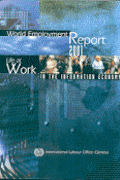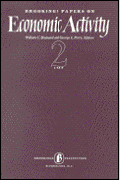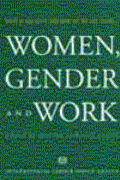Abstract
Helping unemployed workers return to work has long been a policy challenge in the United States, and the urgency of the problem tends to increase during and after economic downturns. Immediately after the Great Recession the average duration of unemployment reached forty weeks, and even by the end of 2014 the average duration of unemployment remained above thirty weeks—higher than the worst it had been during previous periods of recession. Such spells of long-term unemployment impose enormous costs on individuals, their families, and the economy as a whole; the longer an individual is out of work, the harder it is for her to find new employment. While the unemployment insurance system is structured to provide benefits to unemployed workers while they search for work, many of its eligibility requirements can effectively discourage a large number of unemployed workers from pursuing job opportunities that may be to their advantage. This paper offers three pilot programs to reform the unemployment system by encouraging different ways to return to work. The first program would allow the unemployed to continue claiming benefits while receiving entrepreneurial training and other assistance for setting up a business. The second program would support the unemployed through temporary positions and internships that might lead to full-time jobs. The third program would provide partial benefits to claimants who accept part-time jobs. By helping the unemployed transition back to work, these programs have the potential to break the cycle of long-term unemployment before it starts.










